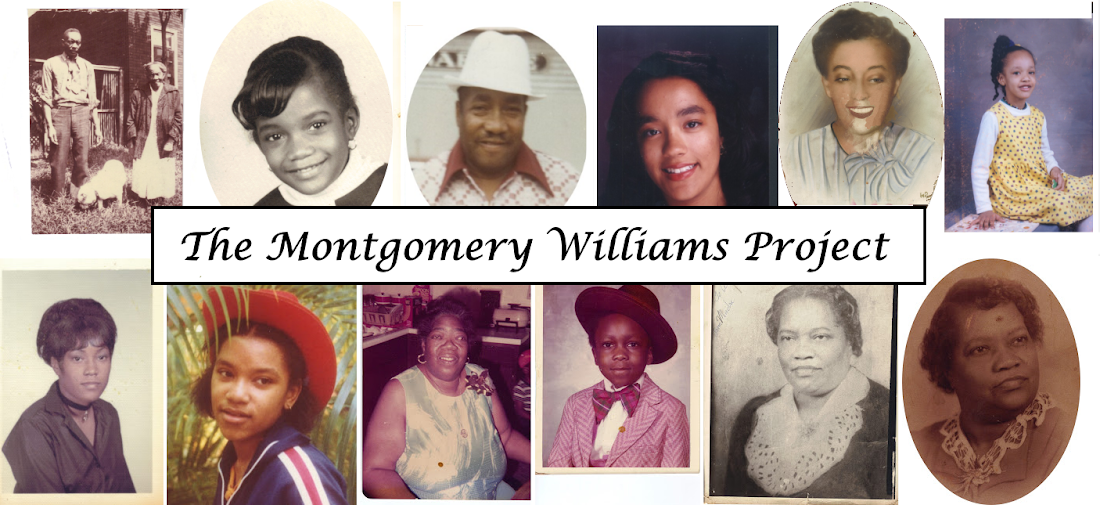
Posted this on the Montgomery/Williams Project Facebook group page and mentioned that I had been unable to find Locke Street. It was suggested by Jimmy that Locke Street was connected to Lockfield Gardens. I had done a search for Locke Street but the search produced nothing. Going off of Jimmy's lead I did some research and found that Locke Street in 1935 was indeed the site of the future Lockefield Gardens. By the 1970's Lockefield Gardens had fell into decline and by 1976 had been closed and abandoned. In the years that followed Indiana University expansion, redevelopment, and gentrification caused big changes in the area. Once redevelopment was approved the following changes occurred:
Built for low income blacks in Indianapolis the neighborhood was completely segregated since 1914. The houses in the neighborhood were quite inadequate, and had declined significantly by the 1940s. Landlords subdivided existing homes, modest backyards and slender lots were already crammed with outhouses, and on some streets homes appears to have never had indoor plumbing installed before the last of the houses were torn down in 1958.
Living in the same neighborhood,west of Lockefield Gardens (but on Cotton Street), was the family of Oscar Robertson.
Oscar Robertson described the streets in the neighborhood: as “maybe two blocks long (Cotton Street); it wasn’t paved, just surfaced with a mix of gravel and oil that had been packed down over time.” Many homes were “your standard shotgun shack. Its rooms joined in a straight line that you could look through, and the roof was made of tar paper—just strong enough to protect us from rain, but too flimsy to shelter us from cold, windy nights, or flies and mosquitoes. There was running water, but the toilet was outside.”
When demolition began, the 22 acres of Lockefield Gardens had 363 houses, of which only 1 was deemed habitable.
Once finished Lockefield Garden apartments were a step up for families in the neighborhood. Rents were slightly higher than ($20.80 to 30.10) what James was paying ($18.00) in 1940 for 571 Locke Street. At this point we can only say that James and Myrtle were not living in Lockefield Gardens in 1940.
Near west-side Indianapolis. Red circle is area in which James and Myrtle lived from at least 1935 to 1940. Picture is from 1980. Their house, replaced by a parking lot by 1980 has been replaced by a parking garage by 2016.





